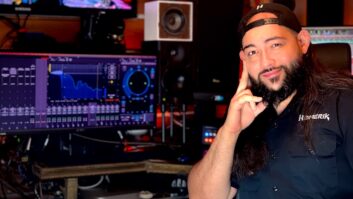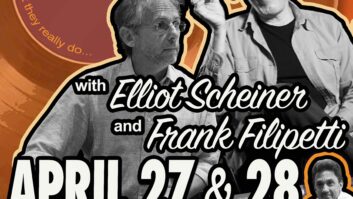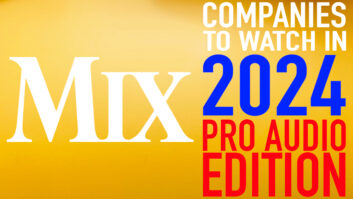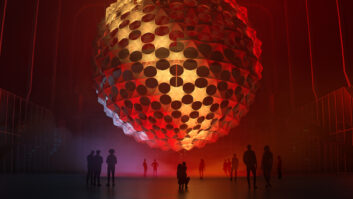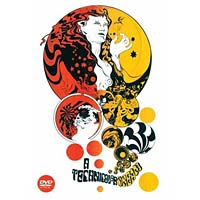
A Technicolor Dream (Eagle Vision)
Three months after San Francisco’s hippie counterculture staged its giant coming-out party in Golden Gate Park at the “Human Be-In” (a.k.a. “The Gathering of the Tribes,” held January 14, 1967), the burgeoning British freak underground put on its own seminal “happening” (to use the parlance of the day): “The 14-Hour Technicolor Dream” at the cavernous Alexandra Palace arena in London on April 29, 1967. Instead of the Be-In’s Grateful Dead and Jefferson Airplane (who were still just local S.F. groups at that point), the Technicolor Dream had Brit scenesters Pink Floyd, Soft Machine and the Pretty Things, among other attractions. And rather than being a free show, it was a fundraiser for the influential British underground paper, International Times, published by Barry Miles and John “Hoppy” Hopkins.
Stephen Gammons’ A Technicolor Dream is a superb 90-minute documentary about the British event, but it’s really much more—it’s actually about the rise of the counterculture in Britain and how the underground coalesced into a close-knit movement for a while. Like the S.F. underground, the British one has its roots in the Beat Generation. Ginsberg, Kerouac and the others may have been quintessentially American, but their work had a profound effect on British teens and young adults who were chafing at the conformity that was expected of them in post-war England. One forgets that London was a center of pacifism and anti-war sentiment (“Ban the Bomb!” was the rallying cry in Hyde Park demonstrations long before America’s involvement in Vietnam spurred a similar outcry in the U.S.), and the humanism of the Beats and other poets was widely embraced in Britain. Indeed, one of the early, watershed events of the British underground was a giant poetry reading at the Royal Albert Hall in June ’65 featuring Ginsberg, Gregory Corso, Lawrence Ferlinghetti and many others. Add pot and LSD to the scene and it’s no wonder that San Francisco and London flourished similarly (if independently) during the same period.
The film covers that poetry event in fascinating detail, as well as the formation of the London Free School, the founding of the International Times, the UFO club and the psychedelic music culture in England. There are recent interviews with Pink Floyd’s Roger Waters and Nick Mason reflecting on the group’s early evolution under the mercurial leadership of the brilliant-but-doomed Syd Barrett, as well as insightful comments from “Hoppy” and other influential figures from the era. There’s copious archival footage from the ’60s throughout, and Pink Floyd fans will love the rare performance clips of the group in its formative years, as well as glimpses of the staged, music video-style films the band made for their “singles.” (The bonus features include the full films of “Arnold Layne” and “Scarecrow” and a cool live version—shot in dusky black and white, but in front of liquid light show—of “Astronomy Domine.”)
The music of the late ’60s has long been a specialty of mine, but I admit I learned a ton from this well-crafted and engaging documentary. Highly recommended!
I’m still tripping at [email protected].




